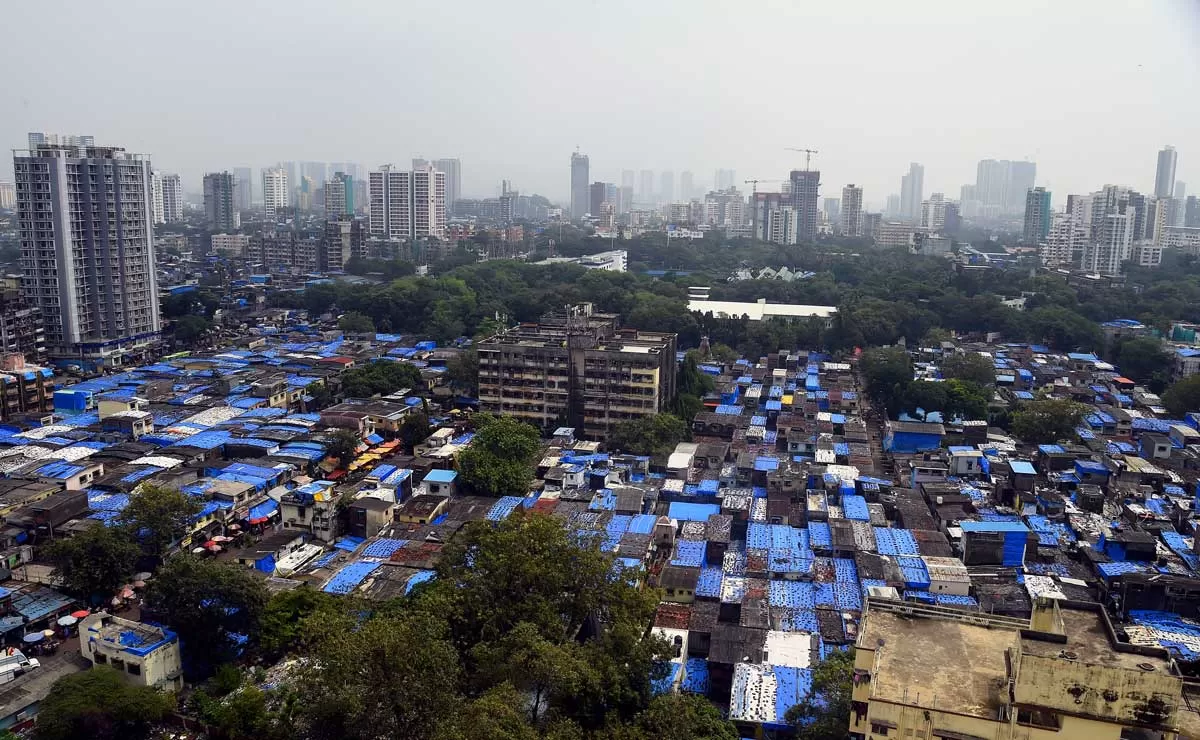The pandemic should be sufficient evidence why we need far greater budgetary figures in healthcare infrastructure. Arvind Sharma writes.
Human and economic losses caused due to the Covid-19 pandemic have led to an important realisation for the central and state governments in India, and these losses have reaffirmed the importance of higher budgetary allocation to the public healthcare infrastructure, with a focus on affordable medical facilities.
With a meagre 1% of Gross Domestic Product (GDP) allocated to the public healthcare sector, India’s public health expenditure is the lowest among the BRICS and Organisation for Economic Co-operation and Development (OECD) countries. All eyes are on the upcoming Union Budget and the expectations are high. Whilst the Government of India (GoI) definitely has multiple issues to deal with as almost all economic sectors have been adversely affected due to Covid-19 and related lockdowns, affordable healthcare and infrastructure should be given top priority.
The Confederation of Indian Industries (CII) has stated in its pre-budget memorandum that the GOI needs to spend at least 2.5% to 3% of the GDP towards healthcare by 2025. It is understood that the Narendra Modi government has accepted the recommendations of the Fifteenth Finance Commission on the health sector, which include nearly doubling India’s combined public health expenditure as percentage of GDP, and creating dedicated cadre of doctors and medical professionals.
Along with higher allocation to the healthcare sector, policy reforms should be introduced to make public healthcare affordable to the masses. As a first step, for encouraging setting up of hospitals, government schemes should be introduced to provide land at subsidised costs and loans with low interest rates. The role of private players in their contribution to public healthcare cannot be downplayed, and suitable measures should be announced for forging public-private partnerships for development of medical facilities in the long-run. Further, steps should be taken to regulate the viability gap funding options to attract private players to tier-2 and tier-3 cities and to attract investments in public healthcare sector. While the government may focus on primary and secondary care services, private players may be incentivized and encouraged to cater to tertiary and quaternary care, wherever required.
It is notable that telemedicine guidelines were announced last year in the wake of the Covid-19 pandemic, and these days, virtual and remote medicine have gained critical importance. Efforts should be made to create awareness about the benefits of virtual consultation. Government schemes such as Ayushman Bharat and National Digital Health Mission can be expanded through tele consultations, ensuring that the medical treatment is affordable and is catered to a majority of the population.
Furthermore, measures for expanding medical capacities and improving digital infrastructure should be announced. In order to expand the benefits of advanced healthcare and digital technologies to tier-2 and tier-3 cities, adequate incentives for development of healthcare start-ups and related private players should be announced. Additionally, funds should be allocated to research and development activities in biotechnology, drug and medical discovery. On the GST aspect, the GoI may consider reducing the GST on healthcare services and making public healthcare more affordable.
The year 2020 has reminded us of the basic principle that Health is Wealth, and adequate allocation of funds to the healthcare sector will improve the lives of many, and this will in turn benefit the national economy. The year 2021 will be remembered as a milestone year in the healthcare sector, and will mainly be about the successful implementation of the Covid-19 vaccination drive. I am sure necessary funds will be allocated for manufacture, transportation, storage and distribution of vaccines.
Lastly, adequate funds should also be allocated to ensure that preparatory and precautionary measures are in place to safeguard us against any health emergencies that may arise in the future. The GoI should bear in mind that the upcoming healthcare reforms should not be seen as a one-time measure, but as laying the foundation for developing healthcare infrastructure for decades to come.
Globally, there has been an important realisation for the need for a robust healthcare infrastructure, and the situation in European countries and the United Kingdom has raised the question, how much of healthcare infrastructure is adequate, and I think at this stage, no one has the answer. This is when dealing with one pandemic, which thankfully is capable of being controlled by social distancing. I am sure there is still a long way to go in terms of healthcare infrastructure, and a lot of development is required to be in a position to deal with similar exigencies. Hence, strategic and adequate budget allocations should be made in the upcoming budget.
Author: Arvind Sharma is Partner—General Corporate, Shardul Amarchand Mangaldas & Co.
Image: Upklyak


















